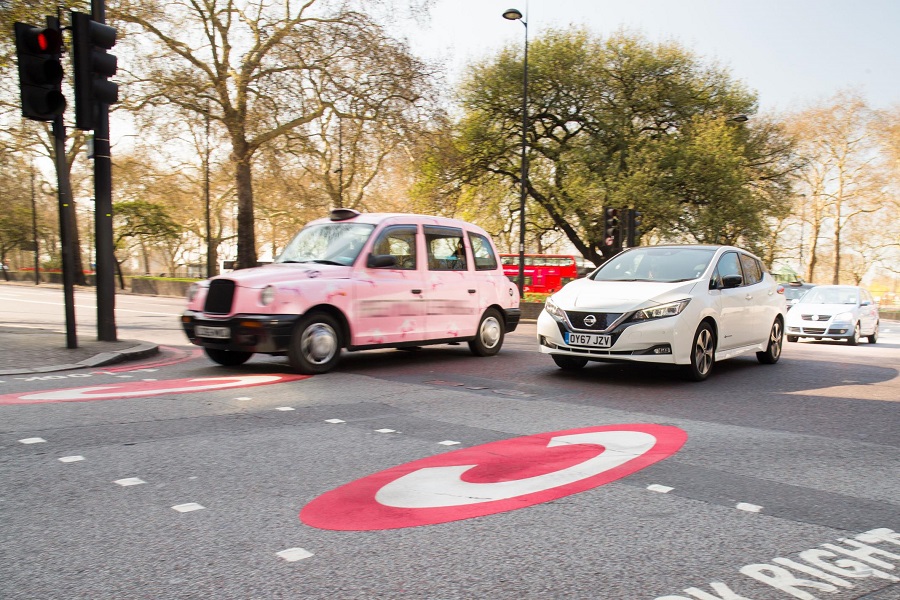After backlash from the public about plans to expand the Ultra Low Emissions Zone, TfL has introduced a new London scrappage scheme.
On Tuesday August 29 2023, London’s controversial Ultra Low Emissions Zone (ULEZ) will expand to cover the vast majority of the city. To learn more about ULEZ and which cars it affects, click here.
For many less wealthy motorists with non-compliant cars, that’s a bit of an issue, as they’ll have to either pay a daily ULEZ charge or buy a newer vehicle. As you’d expect, that news has proven to be anything but popular. After all, London is the most expensive place to live in the UK; a country which is currently mired in a cost of living crisis. As such, the impending extra financial burden of buying a newer vehicle isn’t something that London’s working & middle class residents have welcomed with open arms. So, to help people make the switch, a new London scrappage scheme has been introduced.
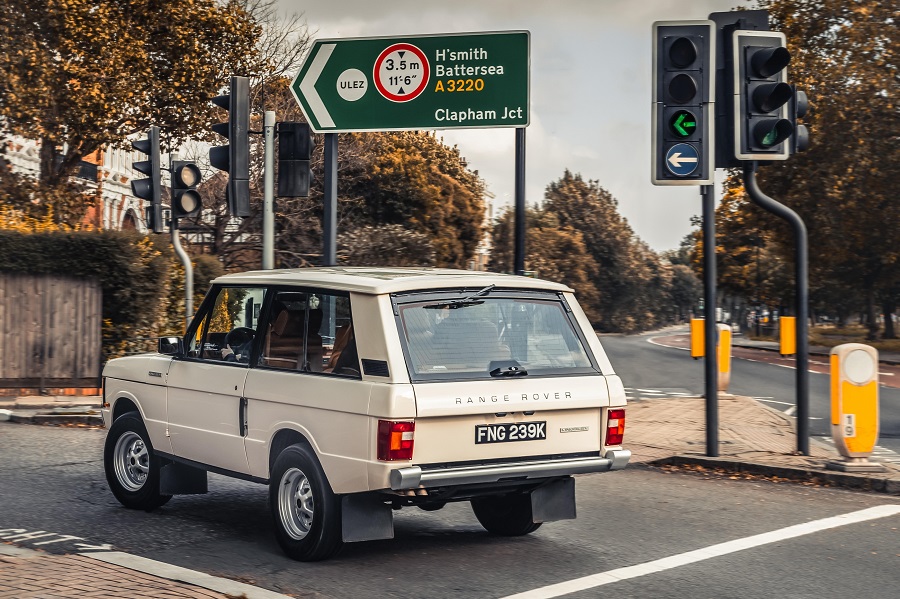
The London Scrappage Scheme In Detail
In short, motorists across all 32 of London’s boroughs are now entitled to up to £5000 towards scrapping their current car for a new one, or retrofitting it with ULEZ compliant powertrain technology.
However, not everyone will receive 5k, in fact, most people will receive much less. TfL is reserving that big £5000 sum solely for scrappage scheme applicants that require wheelchair-accessible transportation. Interestingly, blue badge holders can also apply for a ULEZ grace period, allowing them to keep hold of their non-compliant vehicles until 24 October 2027.
For the majority of able-bodied motorists, TfL will instead give you *up to* £2000 as part of the scheme. Initially, in order to get access to the money, you needed to be receiving other social benefits. For example, Universal Credit, Carer’s Allowance, Child Tax Credit, Income Support, or Jobseeker’s Allowance. However, following the Labour party’s recent failure to win the Uxbridge & South Ruislip bi-election (largely due to discontent about the ULEZ expansion), party leader Sir Keir Starmer placed public pressure on the Mayor of London, Sadiq Khan, to alter his proposals. Khan’s response has been to change the scrappage scheme, opening it up to every Londoner across the board, regardless of their financial situation.
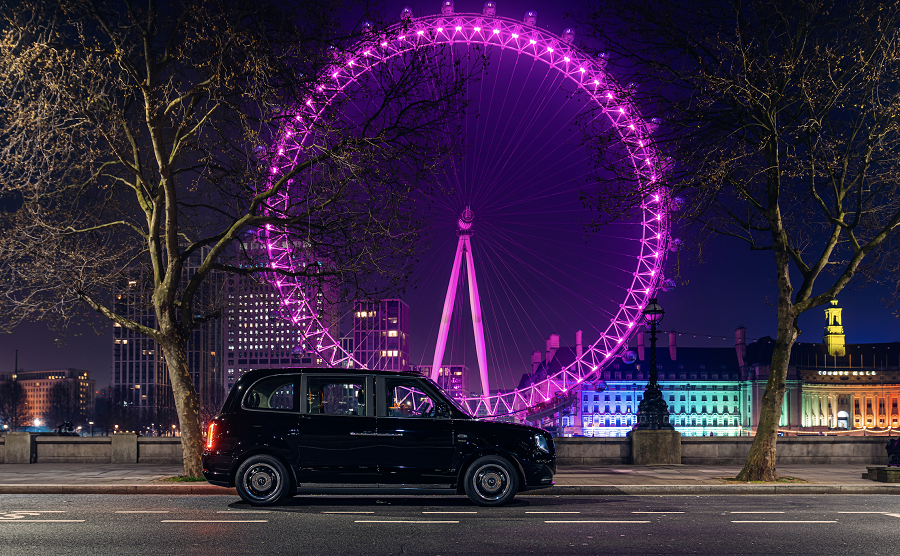
Commercial Vehicles
The rules are slightly different if you have a non-compliant commercial van, taxi, or pick-up. Most of those vehicles are diesel-powered, and as the ULEZ threshold for diesel vehicles is much higher than for petrol ones, owners of even younger vans and trucks will have to send them to the scrappy. Or, more sensibly, sell them beyond the city border.
As a result, if you need a diesel van or pick-up for business use in London, you’ll have to get a model built in 2015 or later. Those vehicles are still relatively new compared to many existing workers’ vans, which means their retail prices are much higher than your entry-level 2005+ (or sometimes older) ULEZ-compliant petrol car.
So, to mitigate the even larger potential new vehicle cost, the London scrappage scheme will support approved small businesses and charities with an extra cash boost of between £6,000-£11,500. Here are how those sums are divided:
- £6,000 to retrofit a van or minibus with approved low-emissions tech
- £7,000 to scrap a van
- £9,000 to scrap a minibus
- £9,500 to scrap a van and replace with an electric van
- £11,500 to scrap and replace a minibus with an electric minibus
Each business or charity can claim money up to three vehicles. All in all, the budget for this revised scrappage scheme now amounts to £160million, making it the most well-funded scrappage scheme that the UK has ever seen.
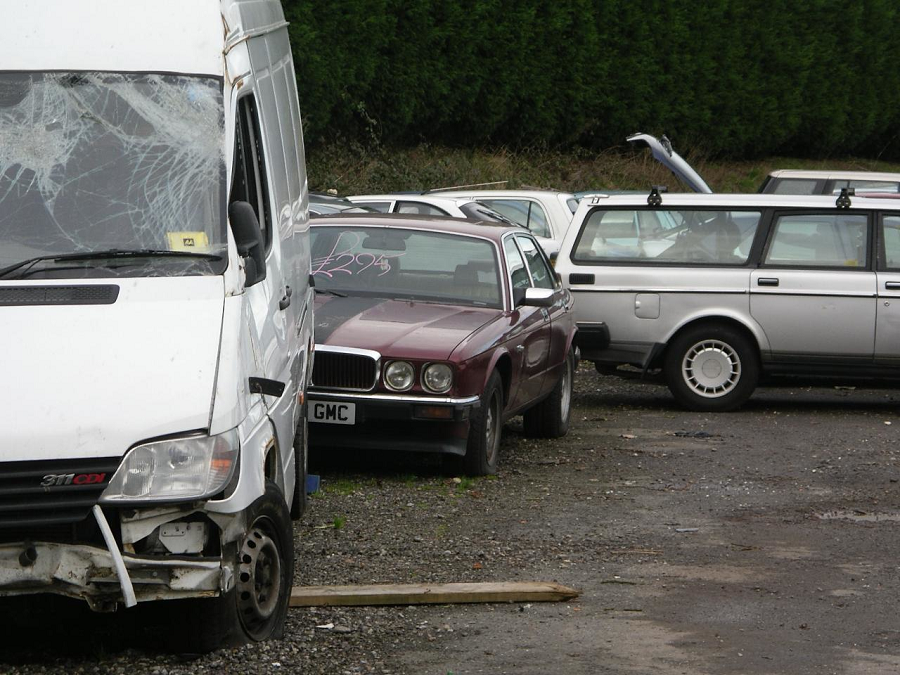
How to Make Use of the Money
If you opt to apply for a London scrappage scheme grant, there’s two main things you can use the money for. The most popular route will be to simply use the grant as cash off a newer ULEZ compliant car, while sending your old motor to the scrapyard in the process.
Or, if you’re keen on hanging on to your old non-compliant vehicle, TfL suggests that you can use the money to retrofit it with ULEZ-compliant technology. You can source approved NOx-targetting catalytic upgrades for heavier commercials vehicles, but you’ll do well to find an approved kit for your car. Instead, if it’s a lighter vehicle you intend on saving, you’ll need to either conduct an engine swap or EV conversion. However, that comes with plenty of labour and administrative cost, which you can learn more about here.
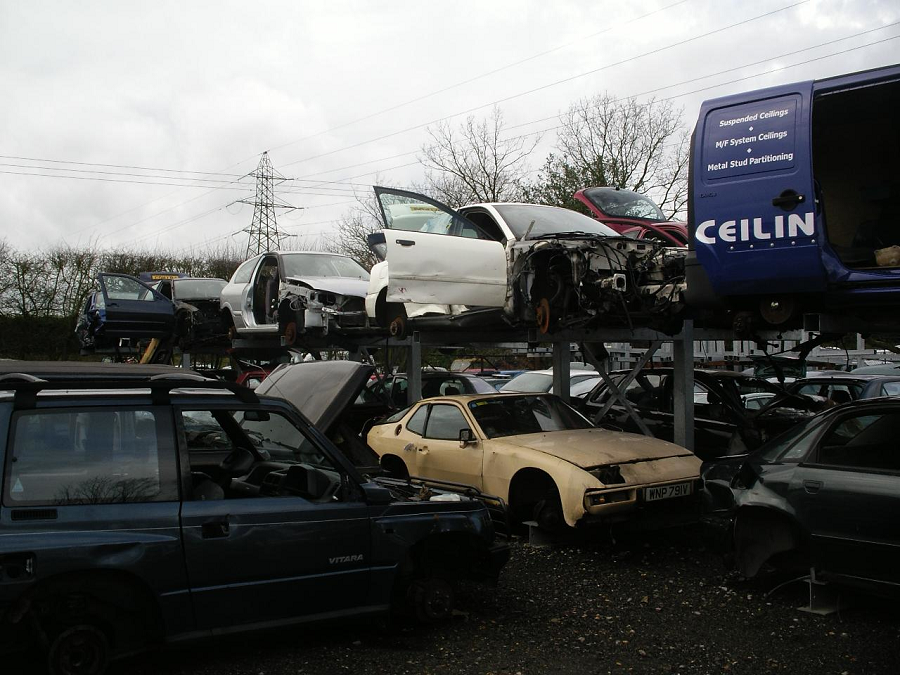
The Downside of Scrappage Schemes
You can easily see why most applicants will choose the simple scrappage option if they need to, but from a car enthusiast’s perspective, the losses are clear. The used car market is already inflated, and now, it appears as though even more cheap, perfectly serviceable vehicles are about to be permanently taken off the road. When TfL previously introduced a scrappage scheme, it claimed 15,000 affordable cars and future classics. We can probably expect a similar number in the coming years, if not more, given the recent revamp.
The cost of owning a car therefore continues to rise, and let’s not forget – if we are serious about tackling the climate crisis, we must also tackle our throw-away consumerist culture. I mean, what’s environmentally friendly about tossing aside a perfectly functionable car, just to use more of the Earth’s resources to build and buy a new one?
Anyway, before I rant on any longer, why not take a look at something a bit more positive. Here’s 10 of the most surprising ULEZ-exempt cars that you can buy today.

